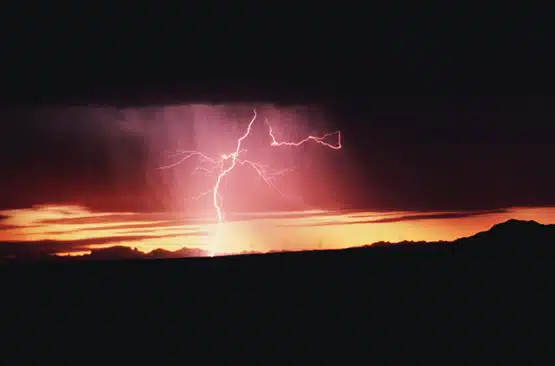Australia’s rivers could not have supplied the sand on our beaches. Keith has shown that the sand probably originated in Antarctica over 550 million years ago.
Ever wondered where all the sand on Queensland beaches comes from?
Dr. Keith Sircombe from the Research School of Earth Sciences at the Australian National University has analysed beach sand samples from Mallacoota to Bundaberg in an attempt to track down its ancient source. His work has revealed much of the sand actually comes from rocks of the Southern Highlands and New England, but it also contains a mystery component that matches material from Antarctica.
The Australian-built SHRIMP (Sensitive High-Resolution Ion MicroProbe) machine was used to check the geological age of rare uranium-rich sandgrains. The grains were treated with a 10,000 volt beam of ionised oxygen to assess their age and possible origin.
Dr Sircombe says ” The age of a sand grain can point to the rock it was originally eroded from, just as a fallen leaf can tell you what sort of tree came from, even if the wind has carried it many kilometres”.
The same analytical techniques were then applied to the ancient sedimentary rocks around and beneath the city of Sydney. The mystery ancient component was found in the sandstone that forms the spectacular cliffs around Sydney Harbour, known as the Hawkesbury Sandstone. The sedimentary patterns in the Hawkesbury Sandstone indicate that the sand was deposited by an enormous river unlike anything in Australia today.
“Comparisons with modern rivers suggest the ancient river probably extended across NSW and Victoria and into Antarctica, which was then joined to Australia as part of the supercontinent of Gondwana”, Dr Sircombe said.
Although Antarctica is now largely covered in ice, there are rocks there that match the age of the mystery component in the Hawkesbury Sandstone and the beaches. Geologists believe just beneath the ice are remnants of Himalayan-sized mountains.
Dr Sircombe has a theory that when Gondwana broke up, Australia drifted northward taking the Hawkesbury Sandstone with it. The sandstone slowly eroded, yielding its collection of ancient sand grains to the modern beaches.
The results of the sand study will be presented at the “ScienceNOW” Conference in Melbourne on Sunday 9 May 1999.
“The research on the sand grains has demonstrated the complex paths and vast distances sand can travel. These results have implications for our understanding of sedimentary geology and mining exploration for new mineral sand resources,” Dr Sircombe said.





 Fresh Science is on hold for 2022. We will be back in 2023.
Fresh Science is on hold for 2022. We will be back in 2023.